Digital Experience of the 1953 North Sea Flood
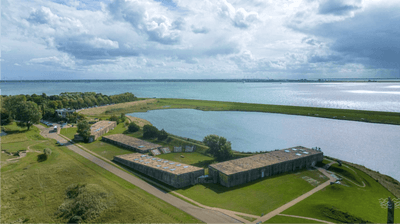
The problem
1836 people died during the flood of 1953 in the Southwest of The Netherlands. The Watersnoodmuseum (Flood Museum) is a place where people come together to discuss water, from its tragic to its hopeful aspects. Besides keeping the story of the past alive, the Flood Museum plays a primary role as a knowledge center for water management. Its goal is to create a safe, sustainable world with fewer flood victims globally. The new website propels the digital ambition and is a portal to the different roles the institute has. How can we do right to the events of the past, attract visitors to the museum and trigger action towards the future?
Our solution
The Flood Museum not only helps visitors understand the impact of the disaster, but to also feel it deeply. The present, past, and future intersect in narrative forms that encourage reflection and action.
The new platform offers entries to different aspects of impact (historical, cultural, engineering, ecological…) with their own style and tone of voice. That way the digital storytelling speaks to a variety of audiences – ranging from tourists, students, scientists and stakeholders within the global water management community.
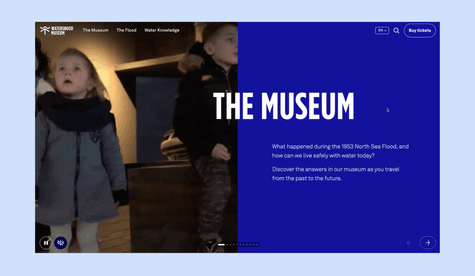
Getting onboard
The museum aims to educate about the floodings of our current time and to develop insight in the future of water management, climate change and rising sea levels. The website covers the broadness of this theme while offering each audience the content that helps them get on board with the relevant storylines.
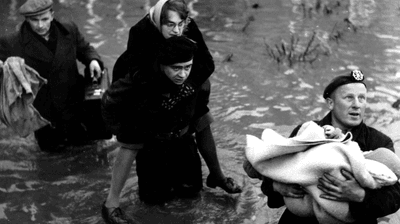
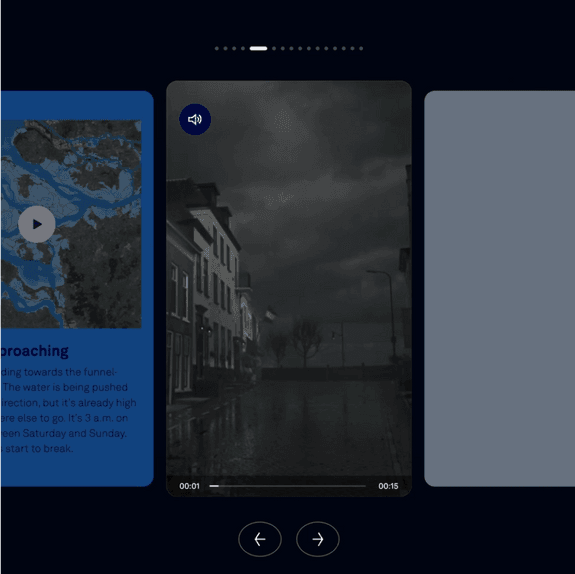
Rich media storycards
The interactive storycards educate people about the risks of water and climate change and foster greater engagement with solutions. We achieve this by sharing stories of various flood disasters. We also invite visitors from all backgrounds to reflect on water, climate change, and rising sea levels.
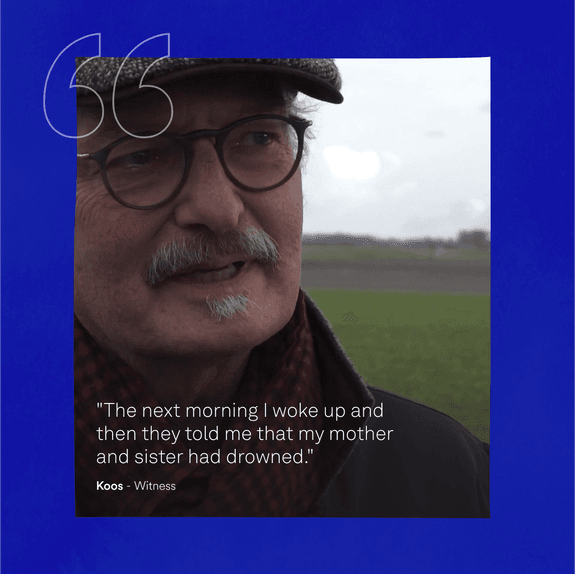
Oral History
Personal stories are at the heart of the website experience. Through spoken testimonies, survivors and witnesses share how the disaster shaped their lives. These voices add depth and emotional weight to the historical narrative, making the flood more than a distant event. By weaving these memories into the digital experience, the website helps preserve and pass on this shared history to future generations.
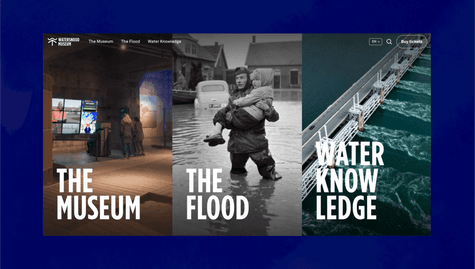
We can now engage with audiences all over the world about the personal, cultural and global impact of both poor and future proof water management.
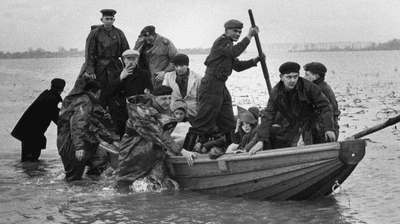

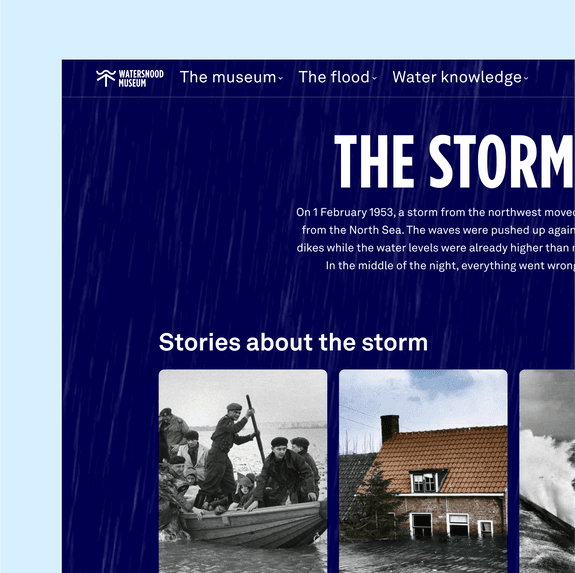
Experiencing the Impact
The website is designed not just to inform, but to move its visitors. Through the use of motion and vivid visual elements, the story gains a tangible layer. Backgrounds come to life and strengthen the emotion and meaning of each theme. Movement and atmosphere ensure the disaster is not only told, but felt. Water is not just part of the design, it is a force that is constantly present. The result is a digital experience that brings history close and invites reflection, emotion and action.
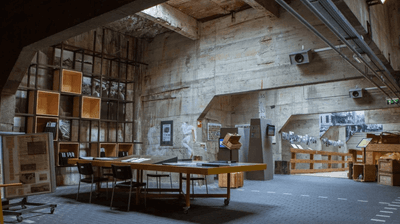
A living tribute
The museum is uniquely located in and around the watertight retaining structures that were used to close the holes in the dikes. The website is a tribute to the historical value of this location, the archive, the stories. At the same time the new website acts like a digital front runner for the international watermanagement community.
With a solid objective: to increase visitors and collaborations with 50%. ….
Thanks for judging!